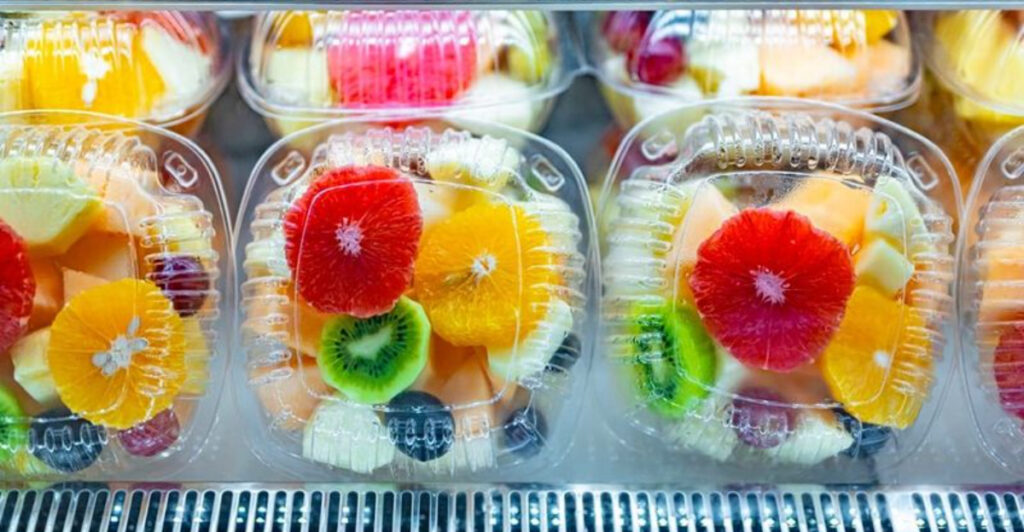Rising prices at the grocery store are hitting everyone’s wallets hard these days. Many shoppers are making tough choices about what stays in their carts and what gets left behind. Whether it’s due to inflation, supply chain issues, or changing priorities, certain once-common items are disappearing from shopping lists across the country.
1. Eggs No Longer in the Basket
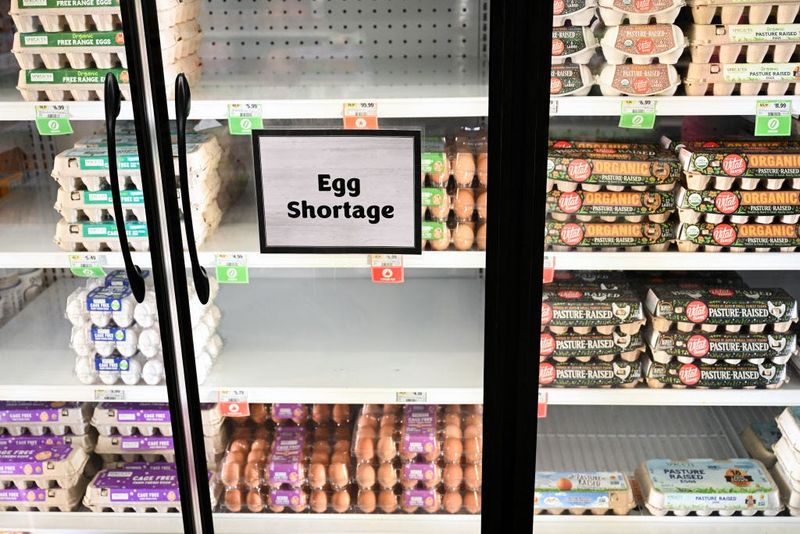
Remember when eggs were affordable protein? With prices jumping about 41% year-over-year due to avian flu and supply problems, many households have cut their egg consumption in half or eliminated them entirely.
Budget-conscious shoppers now reach for plant-based alternatives or use applesauce and ground flaxseed as baking substitutes. Some families save eggs for special weekend breakfasts rather than everyday meals.
Community egg-sharing groups have even popped up in some neighborhoods, where backyard chicken owners trade their surplus with neighbors for garden vegetables or other homemade goods.
2. Ground Beef Gets the Boot

The sizzle of ground beef hitting a hot pan is becoming less common in American kitchens. With meat prices climbing 8-10% higher, this versatile protein staple is increasingly viewed as a special occasion purchase.
Creative cooks are now bulking up their taco meat with beans or lentils to make packages stretch further. Others have embraced plant-based crumbles or mushroom-walnut mixtures that mimic the texture of ground beef at a fraction of the cost.
Budget meal planners report saving up to $40 monthly by cutting beef consumption in half and exploring protein alternatives like chickpeas and tofu.
3. Fresh Seafood Swimming Away

The seafood counter, once a treasure trove for health-conscious shoppers, has become a luxury zone many consumers now bypass completely. Tariffs and global supply chain disruptions have pushed salmon, tuna, and crab prices into territory that makes many shoppers balk.
Frozen seafood offers some relief, costing 30-50% less than fresh options while retaining most nutritional benefits. Some households have gone entirely plant-based for their omega-3 needs, turning to flaxseed, chia, and walnuts.
Community-supported fishery programs, similar to agricultural CSAs, are gaining popularity as ways to access fresh catch at more reasonable prices.
4. Bottled Water Draining Wallets
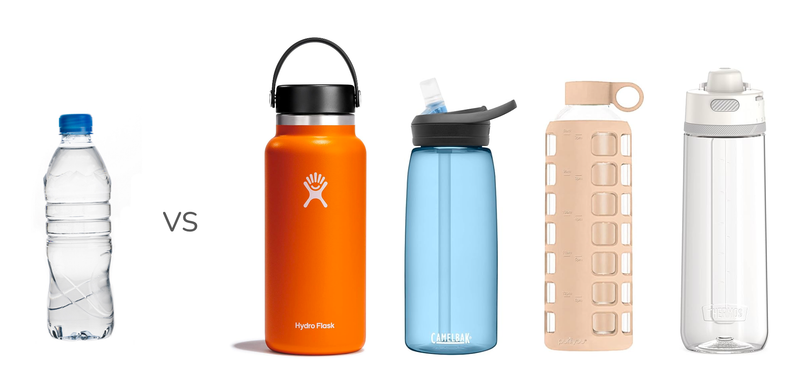
The convenience of grabbing bottled water comes with a shocking markup—often 3,000% to 4,000% more expensive than tap water. This realization has prompted a mass exodus from the bottled water aisle.
Reusable water bottles paired with home filtration systems have become the new norm. Simple carbon filters, pitcher systems, and under-sink filtration units pay for themselves within months compared to buying cases of bottled water.
Beyond cost savings, the environmental impact is substantial. One family switching to filtered tap water can prevent hundreds of plastic bottles from entering landfills and oceans each year.
5. Pre-Cut Produce Chopped from Lists
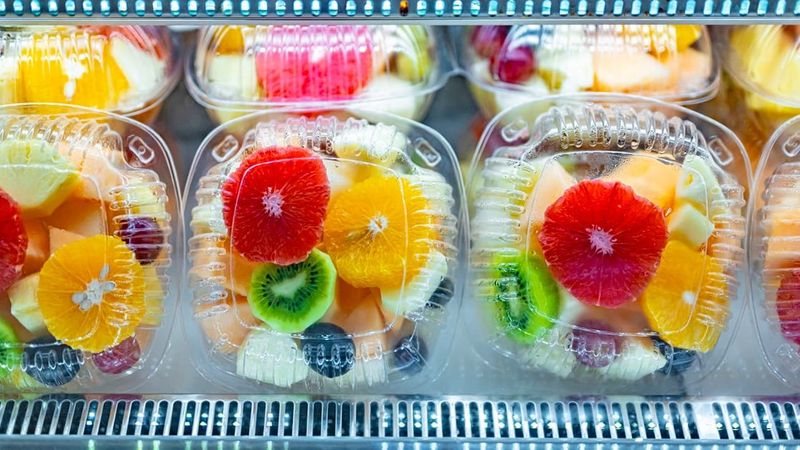
Those convenient containers of pre-chopped vegetables and fruit wedges are becoming casualties of budget cuts. With markups ranging from 50% to a whopping 300%, shoppers are rediscovering the satisfaction of prep work.
A pineapple priced at $3.99 whole might cost $7.99 when cut into chunks. Beyond the price difference, pre-cut produce has a significantly shorter shelf life, often leading to food waste.
Sunday meal prep sessions have made a comeback, with families spending an hour washing and chopping vegetables for the week ahead. Many report that this hands-on approach actually improves their vegetable consumption while slashing grocery bills.
6. Name-Brand Spices Losing Flavor
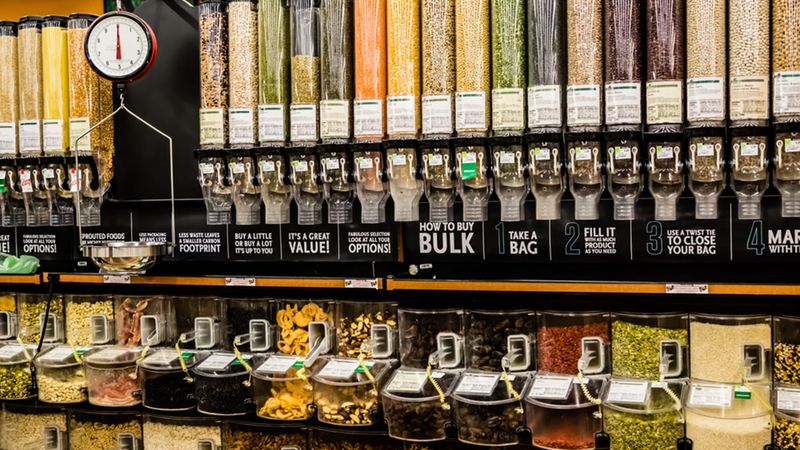
The spice aisle presents one of the most dramatic price differences in the grocery store. Name-brand spices in those familiar glass bottles often cost 3-4 times more than identical products in different packaging.
Smart shoppers are now filling their spice racks from bulk bins or with store-brand alternatives. International and ethnic grocery stores offer another treasure trove of affordable spices, often fresher and more potent than their mainstream counterparts.
Some gardeners have taken to growing common herbs like basil, oregano, and thyme at home. Even apartment dwellers with sunny windowsills can maintain small herb gardens that provide fresh flavors while eliminating recurring spice purchases.
7. Fresh-Baked Store Goods Going Stale

Those tempting bakery displays with their fragrant muffins, bagels, and artisan breads carry a hefty 60% gross margin. The convenience factor that once justified their premium prices is increasingly hard to swallow for budget-conscious consumers.
Home baking has experienced a renaissance, with basic bread recipes requiring just flour, water, yeast, and salt. Even busy families are discovering that simple baking mixes offer substantial savings while still delivering that fresh-baked experience.
Community bread clubs, where neighbors take turns baking and sharing, have emerged in some areas. This cooperative approach means everyone enjoys fresh baked goods while spreading the time investment across multiple households.
8. Specialty Coffee Brewing Trouble
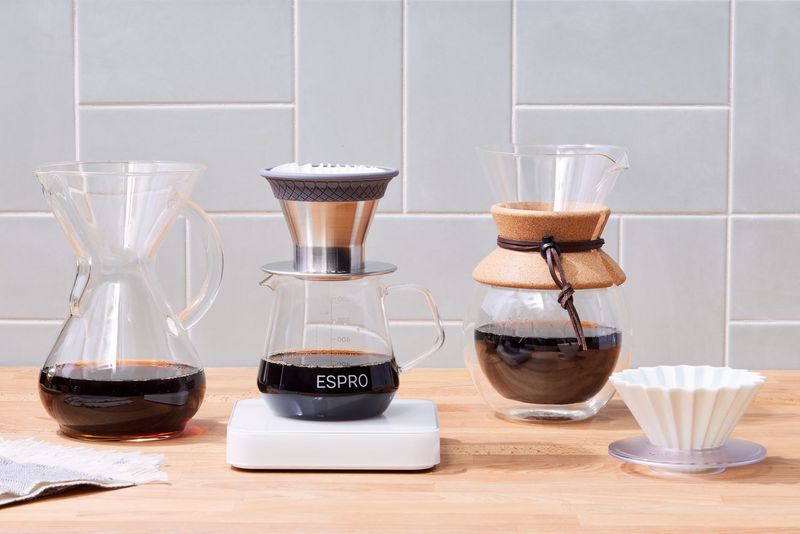
Premium coffee beans and bottled cold brews that once seemed like modest indulgences are now scrutinized as luxury expenses. A single bottle of specialty coffee can cost as much as an entire bag of beans that yields dozens of servings.
Home brewing stations have become more sophisticated as coffee enthusiasts invest in quality equipment that pays dividends over time. Simple French presses, pour-over setups, and affordable espresso machines deliver cafe-quality results at a fraction of the ongoing cost.
Some neighborhoods have started coffee bean buying clubs to purchase in bulk directly from roasters. By splitting larger quantities, members enjoy fresher beans at wholesale prices while supporting small businesses.
9. Premium Ice Cream Melting Away
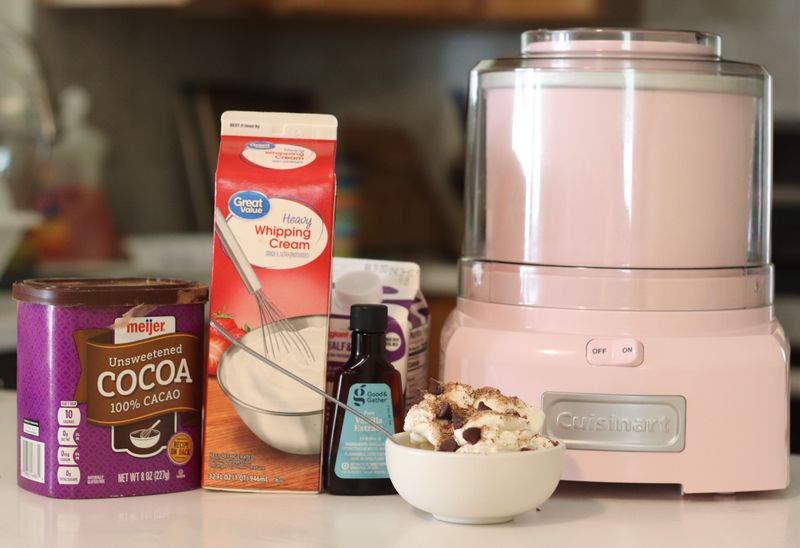
Those pints of luxury ice cream with clever names and exotic flavors are increasingly viewed as unnecessary splurges. At $6-8 per pint, premium frozen treats have become occasional indulgences rather than pantry staples.
Homemade alternatives have gained popularity, with simple ice cream makers paying for themselves after just a few batches. Banana-based “nice cream” and frozen yogurt blends offer healthier, more affordable alternatives that can be customized with pantry ingredients.
Some families have embraced “dessert downsizing,” serving smaller portions of quality treats rather than eliminating them entirely. This approach satisfies the sweet tooth while reducing both cost and calorie consumption.
10. Orange Juice Squeezed Out

The breakfast staple that once graced most refrigerators has seen dramatic price increases, pushing many families to rethink their morning routines. Florida’s citrus industry challenges have contributed to orange juice becoming something of a luxury item.
Water infused with fresh fruit slices offers a refreshing alternative at a fraction of the cost. Some health-conscious consumers actually prefer this switch, noting that juice contains concentrated sugar without the fiber benefits of whole fruit.
Families who still enjoy occasional OJ have adopted strategies like diluting it with water or freezing small portions in ice cube trays. These approaches stretch the product while reducing sugar intake—a win for both budgets and health.
11. Sliced Cheese No Longer Cutting It

Pre-packaged sliced cheese has transformed from an everyday staple into an occasional purchase for many households. With prices climbing steadily, this convenient protein source is increasingly viewed as a luxury rather than a necessity.
Budget-conscious sandwich makers are turning to block cheese and slicing it themselves, saving up to 40% per pound. Others are exploring cheese alternatives like hummus, avocado, or nutritional yeast for their sandwiches and recipes.
Some clever cooks have even started making simple cheese at home using milk, vinegar, and salt. While not replacing specialty cheeses, these homemade versions provide satisfying dairy elements for everyday meals at a fraction of store prices.
12. Snack-Sized Packages Shrinking Sales
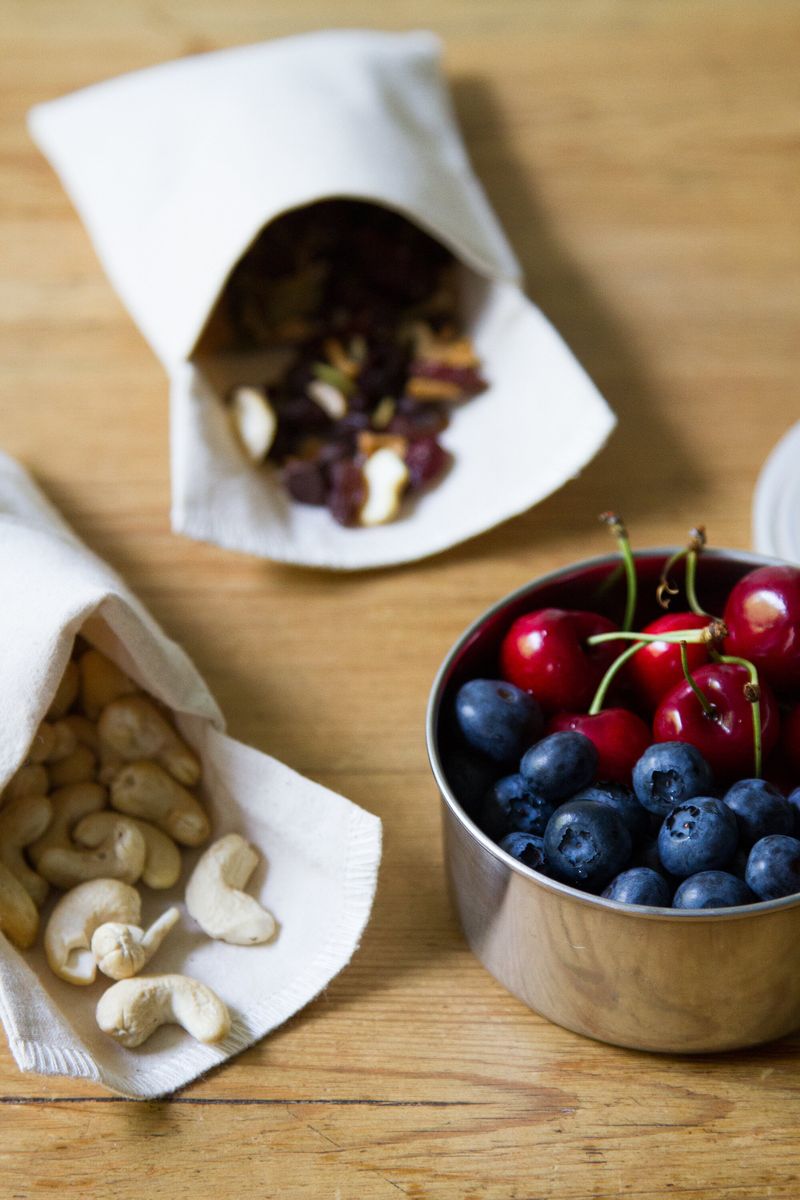
Those convenient single-serve chip bags and cookie packs come with a hefty convenience tax—often costing 2-5 times more per ounce than their full-sized counterparts. The math has become impossible to ignore for cost-conscious shoppers.
Reusable silicone bags and small containers have become lunchbox staples as parents portion out snacks from family-sized packages. This simple step can save a family of four upwards of $300 annually while reducing packaging waste.
Some schools have even started parent-led bulk buying programs where families purchase snacks together in large quantities, then divide them into reusable containers. This community approach maximizes savings while maintaining convenience.
13. Frozen Waffles Getting The Cold Shoulder

The morning rush once justified grabbing frozen waffles from the toaster, but at double the cost of homemade, these convenient breakfast items are increasingly viewed as an unnecessary expense. A box containing just a few servings can cost as much as ingredients for dozens of fresh waffles.
Weekend waffle-making sessions have become family traditions in many households. The extra batches go into the freezer for quick weekday toasting, mimicking the convenience of store-bought with significant savings.
Simple batter recipes requiring just flour, eggs, milk, and baking powder yield fluffier, more flavorful results than their processed counterparts. Many parents report their children actually prefer these homemade versions.
14. Gourmet Olive Oil Pressed Out of Budgets
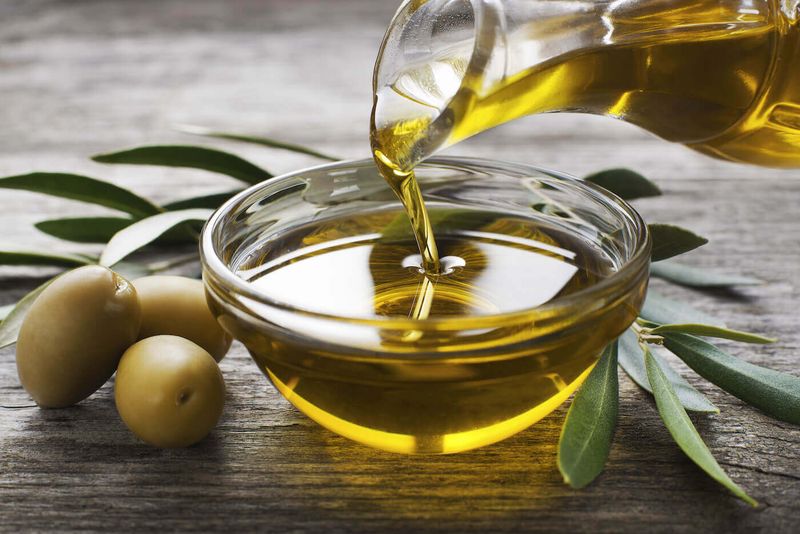
Those beautiful bottles of extra virgin olive oil with fancy labels and premium price tags are staying on store shelves as shoppers seek more affordable alternatives. While quality olive oil offers health benefits, the price differential has become difficult to justify for everyday cooking.
Smart cooks now use a two-oil approach: a basic olive oil for cooking and baking, reserving small amounts of higher-quality oil for finishing dishes where the flavor truly matters. Others have switched entirely to canola or sunflower oil for cooking, which cost significantly less.
Some communities have formed olive oil buying clubs, purchasing larger quantities directly from producers and dividing them among members, making quality oil affordable through collective purchasing power.
15. Packaged Soups Simmering Down

Those convenient cans and cartons of soup that once offered quick meals are increasingly viewed as poor values. At $3-5 per serving, packaged soups cost several times more than homemade versions while often containing excess sodium and preservatives.
Slow cookers and pressure cookers have become kitchen heroes for busy families. A simple Sunday soup session can produce multiple meals that store beautifully in the freezer, ready for quick reheating on busy weeknights.
Basic soup formulas requiring just broth, vegetables, protein, and seasonings are easily customized to family preferences. Many converts to homemade soups report they can’t go back to canned versions after experiencing the flavor and cost benefits of making their own.

